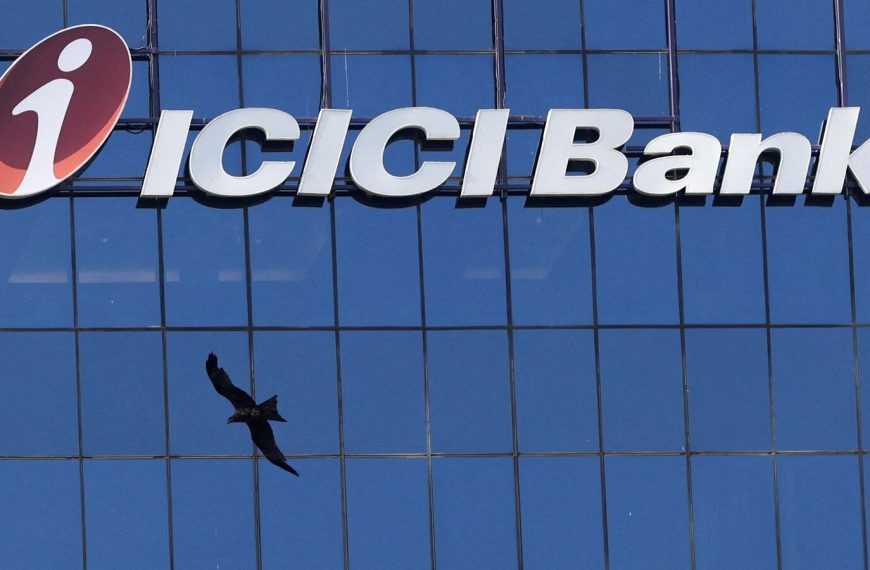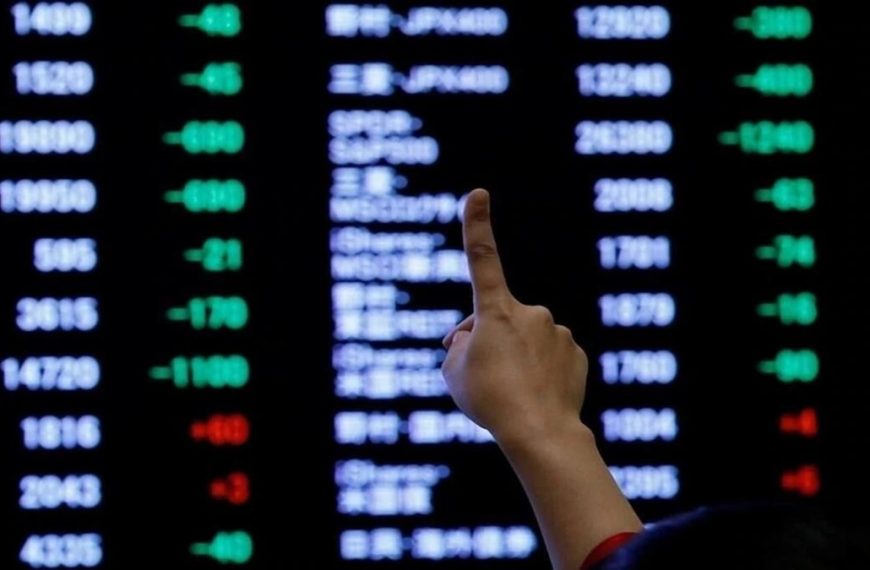InterGlobe Aviation, the parent company of IndiGo, is generating significant buzz among analysts, particularly due to its ambitious global expansion and the favorable trends in crude oil prices. With a notable recovery following the pandemic, IndiGo has steadily increased its domestic market share, expanded its international routes, and enhanced cargo services. The introduction of new destinations and strategic codeshare partnerships, along with timely aircraft deliveries, has fortified the airline’s profitability over the past two years, positioning it for continued success.
Positive Analyst Ratings
Brokerage firm Motilal Oswal Financial Services has recently upgraded IndiGo’s stock rating to ‘buy,’ setting a target price of ₹6,550. Similarly, Axis Securities has echoed this sentiment, also assigning a ‘buy’ rating with a target price of ₹5,800. This optimistic outlook is driven by the airline’s robust performance and growth trajectory.
Expanding Global Reach
IndiGo’s international operations are rapidly growing, reaching out to countries across Southeast Asia, the Middle East, and select European destinations. According to Axis Securities, the airline is strategically increasing its travel routes, with recent direct long-haul flights to Manchester and Amsterdam, as well as various mid- and short-haul options across Europe.
- New Fleet: The arrival of the A321XLR aircraft will enhance long-haul capabilities, ensuring more extensive coverage in Europe.
- Future Deliveries: With expected fleet expansions by 2027, IndiGo is set to enhance its competitive edge against major global carriers.
Growth in Indian Aviation
Motilal Oswal reports that the Indian aviation sector is on an upward trajectory, with domestic passenger traffic projected to double by 2030. India is on course to become the 5th largest outbound tourism market by 2027, presenting abundant growth opportunities for airlines like IndiGo.
- Government Investment: The Indian government plans to inject USD 25 billion into airport modernization and expansion by 2027.
- Infrastructure Development: The number of operational airports has doubled in the last decade, creating a favorable landscape for IndiGo’s long-term growth.
Favorable Fuel Costs
The recent analysis from Motilal Oswal has adjusted its Brent crude oil price forecast for FY26-27E to USD 65 per barrel, down from USD 70. This shift is attributed to anticipated easing of OPEC+ cuts starting in April 2025, alongside IEA predictions of an increasing gap between supply and demand. Given that fuel expenses account for about 40% of IndiGo’s total costs, lower crude prices are expected to benefit the airline significantly.
Strategic Capacity Investments
IndiGo boasts one of the largest aircraft order books with Airbus, looking to receive over 950 aircraft by 2035, including the long-range A321XLRs and A350-900 models. The airline plans to add 600 aircraft by the end of 2030, averaging nearly one new aircraft each week. Furthermore, ongoing supply chain challenges for Boeing, a key supplier for Air India, may provide IndiGo with a competitive advantage.
Current Stock Performance
As for the IndiGo stock, it opened at ₹5,260.90 on the BSE, reaching an intraday high of ₹5,282.40 and a low of ₹5,212. Anshul Jain, Head of Research at Lakshmishree Investment and Securities, noted that IndiGo recently broke above a 30-week bullish rectangle at ₹5,151. However, this breakout lacks strong volume backing, suggesting caution for investors.
While some aggressive traders may consider entering the stock on a pullback to the breakout level, it’s advisable for new investors to await clearer signs of strength, such as increased trading volume or bullish follow-through.
IndiGo’s future looks promising, with strategic expansions and favorable market conditions paving the way for sustained growth.











